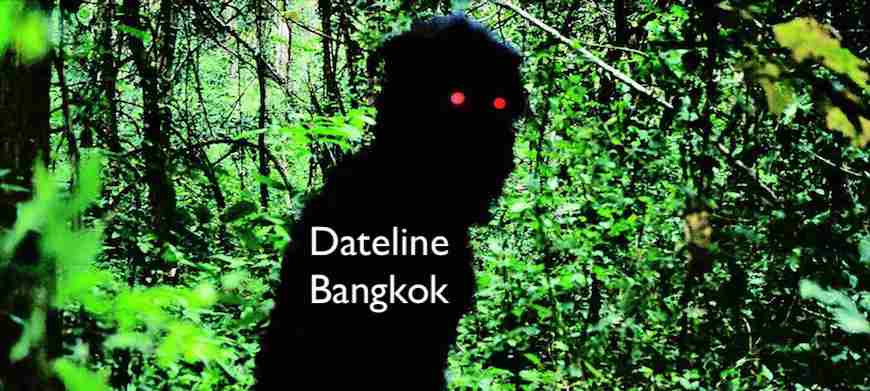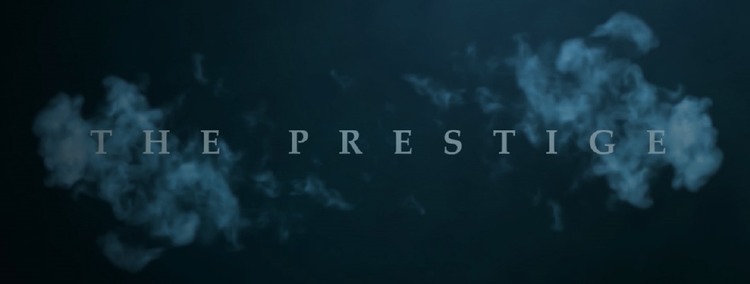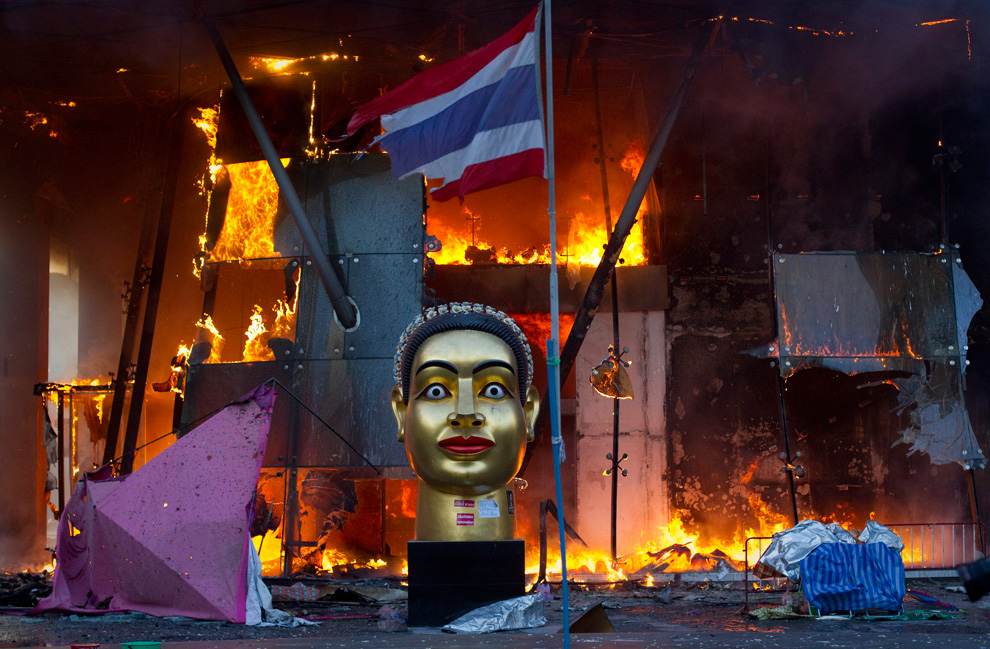Cinema Of Death is a DVD compilation of five transgressive underground films, limited to 2,500 copies (of which mine is #785). It also includes five postcards. The five films are:
Adoration
(a young man invites a woman to his apartment, then shoots and eats her; directed by Olivier Smolders)
Dislandia
(a disabled little girl wearing a mask explores a deserted house; directed by Brian M Viveros and Eriijk Ressler)
Pig
(a man in a pig mask abuses his bondage/murder victim; directed by Nico B)
Hollywood Babylon
(an exhibition at the Museum of Death; directed by Nico B)
Le Poeme
(an autopsy on a male cadaver, accompanied by a poetry recital; directed by Bogdan Borkowski)
The films are similar in tone to the
L'Erotisme anthology. All except Le Poeme are monochrome, though Disturbia is tinted. None contain spoken dialogue, though Adoration and Le Poeme both feature narrators reciting poetry. In Adoration, the narration is diegetic: a woman reads a poem into a microphone, and, after she dies, her recording is played back; in Le Poeme, the narrator represents the voice of the cadaver: when the dead man is placed in a body bag, the narration stops.
Adoration, with professional lighting and special effects, has the highest production values. The camera, filming in a static long-shot with a wide-angle lens, remains objective, though the protagonist approaches the camera and his gaze directly confronts the viewer.
Le Poeme features a real human autopsy. Some horror films (Superbeast, George Schenck; Beyond The Darkness, Joe D'Amato; Autopsia, Juan Logar; Men Behind The Sun, TF Mous) and music videos (Live & Confused, Hijohkaidan; Despair, SPK) have also incorporated genuine autopsy sequences, though Le Poeme is closest in tone to Stan Brakhage's underground art film The Act Of Seeing With One's Own Eyes and the Alain Resnais drama Providence.
Hollywood Babylon and Dislandia are both largely hand-held, and sometimes barely in focus. Dislandia is somewhat unsettling, as a little girl with apparent mental and physical disabilities wears a slightly sinister mask. According to the director, the mask was coated with various bodily fluids and buried for three days.
Hollywood Babylon, an amateurish record of an exhibition based on Kenneth Anger's book, includes morgue photographs of celebrities such as Marilyn Monroe (also featured on one of the postcards included with the DVD). Pig, by the same director, is much more effective, and is perhaps the most disturbing film in the collection. It reminded me of images by Robert Mapplethorpe (X Portfolio) and Charles Gatewood (Forbidden Photographs).


